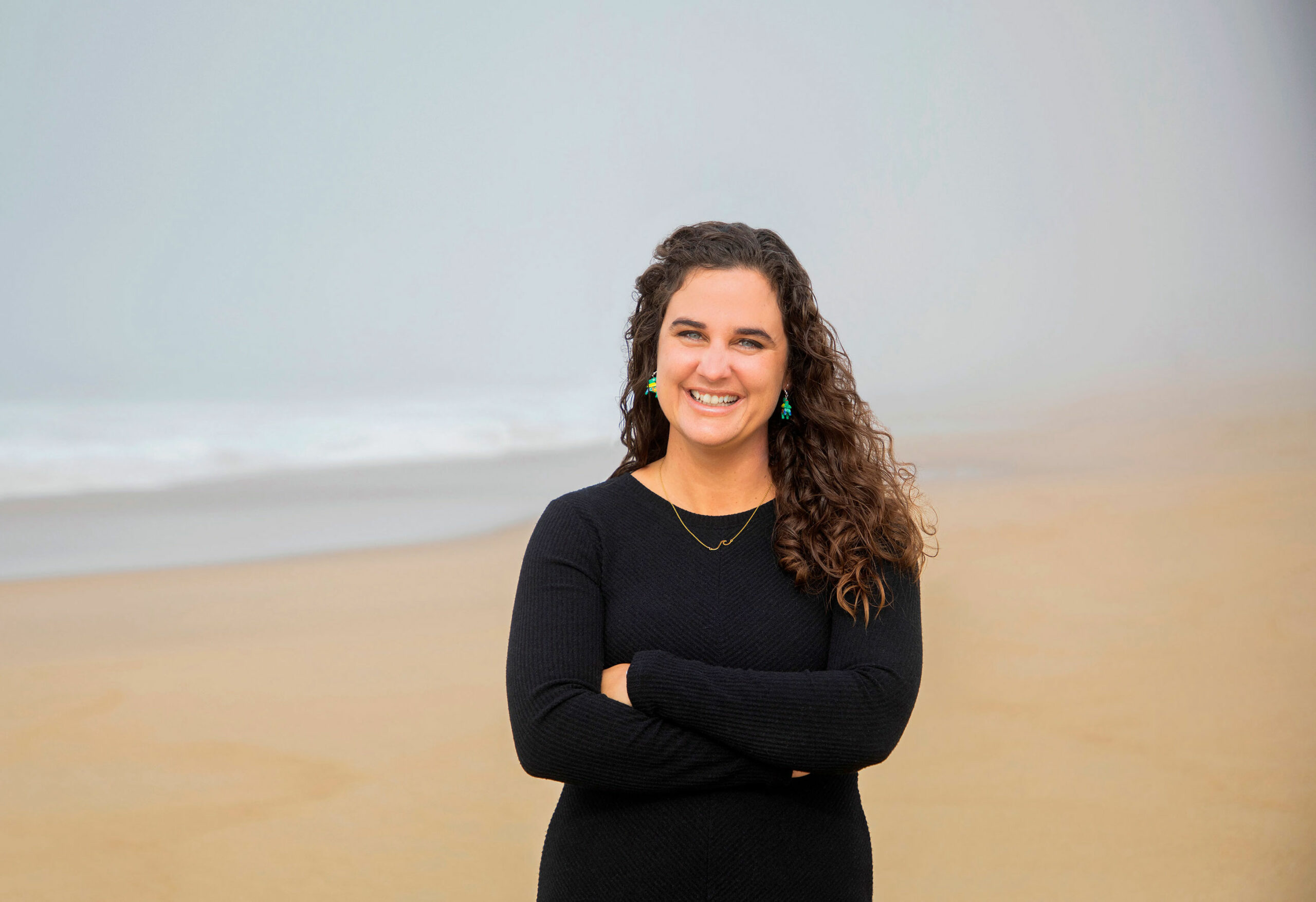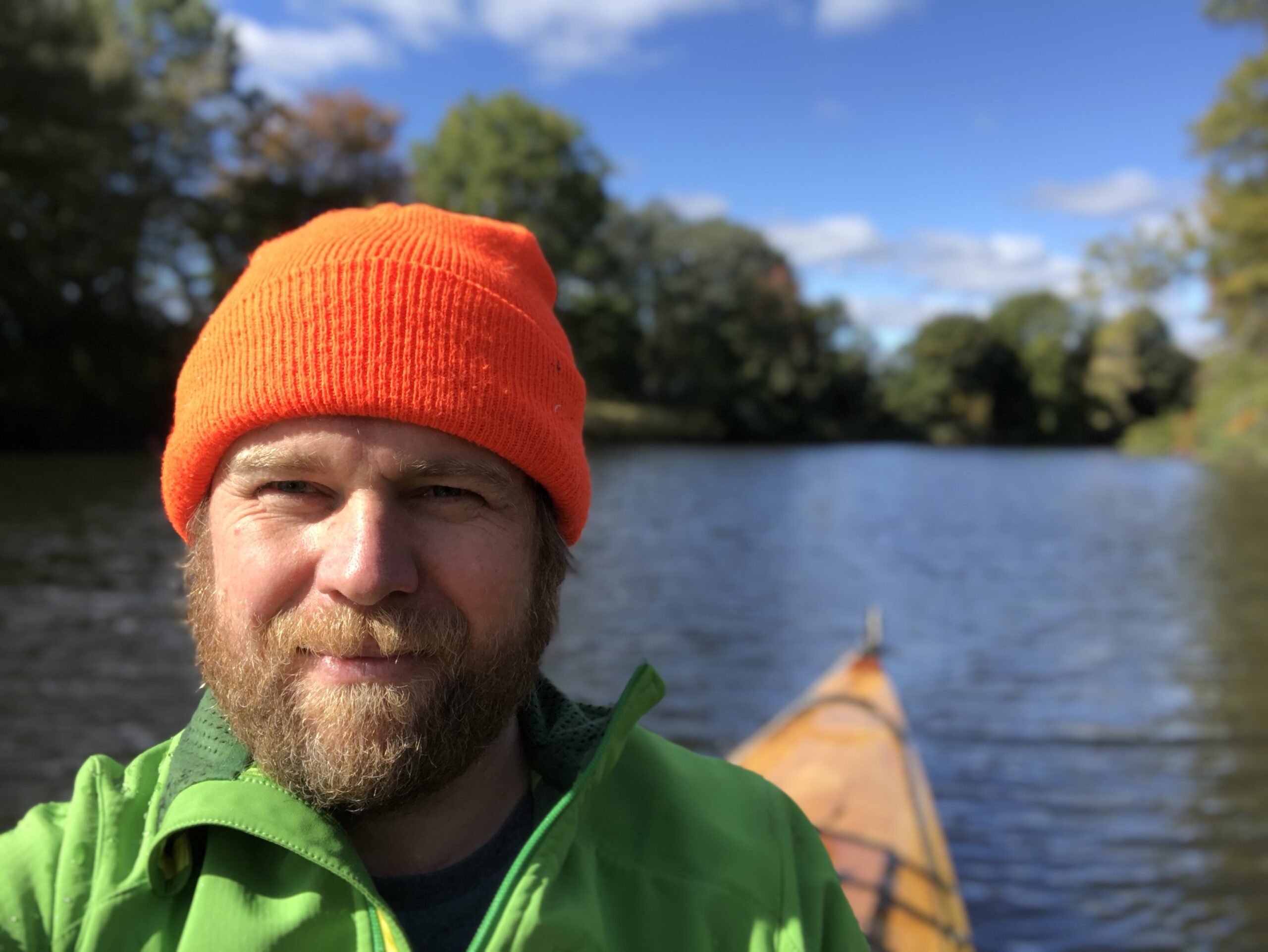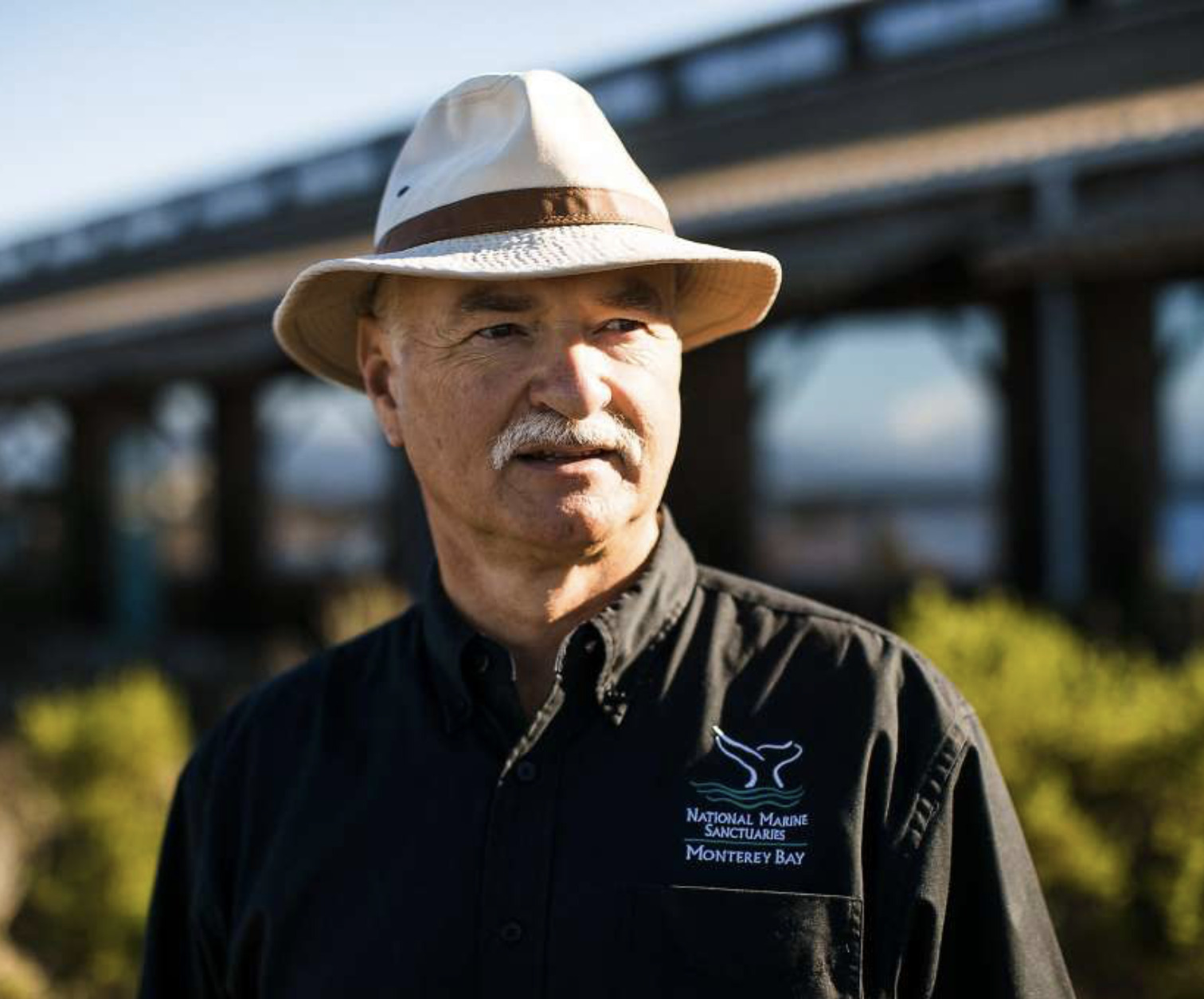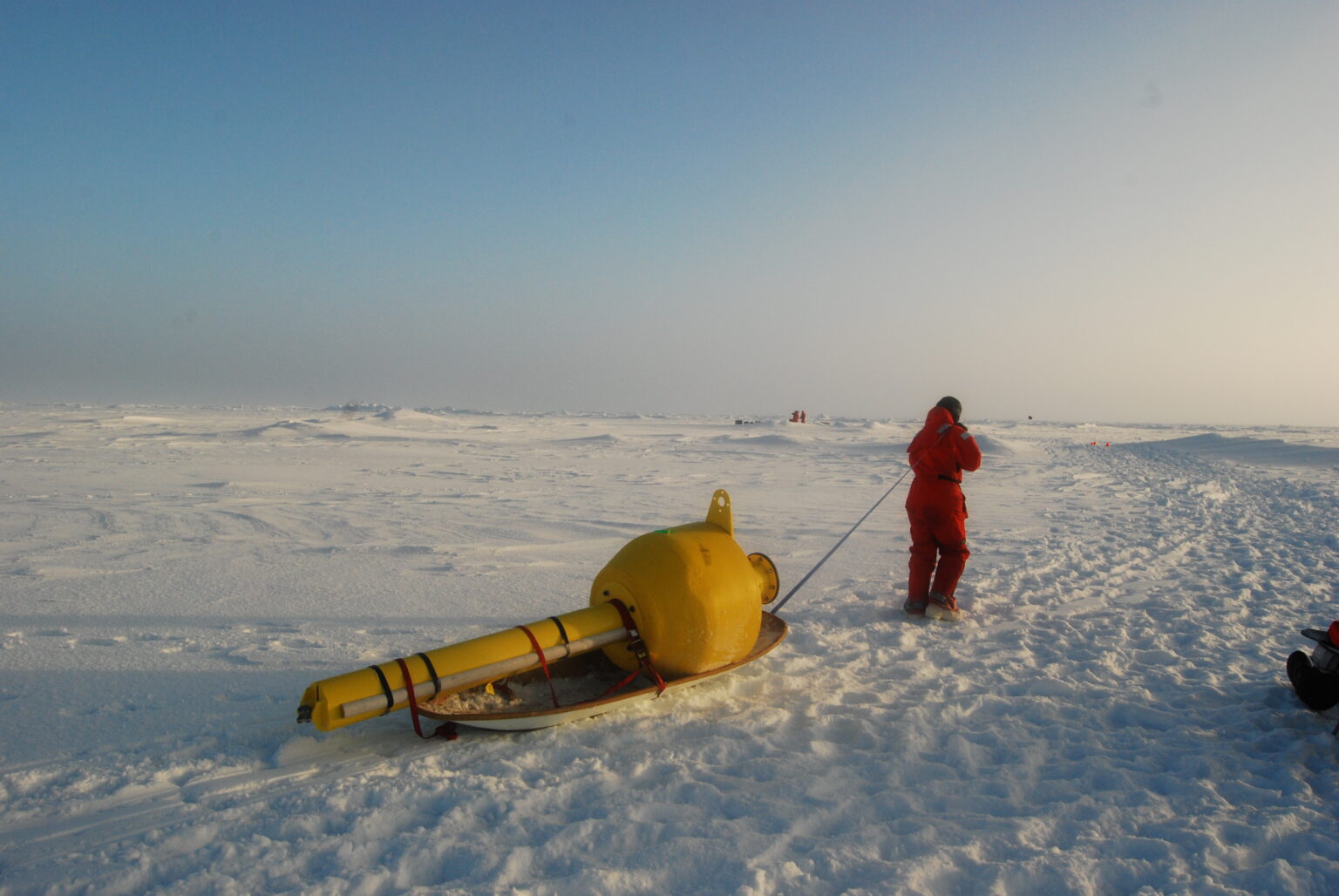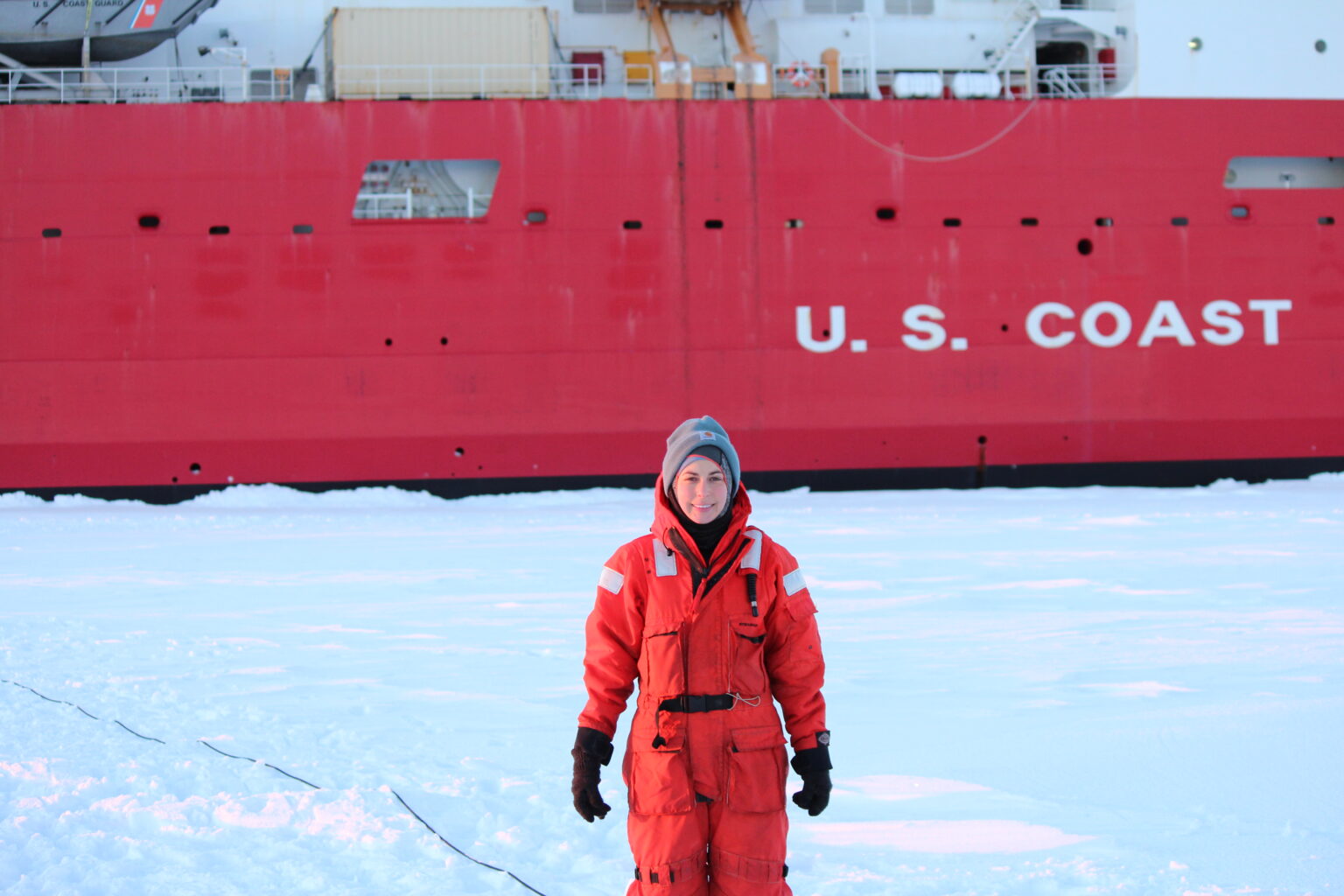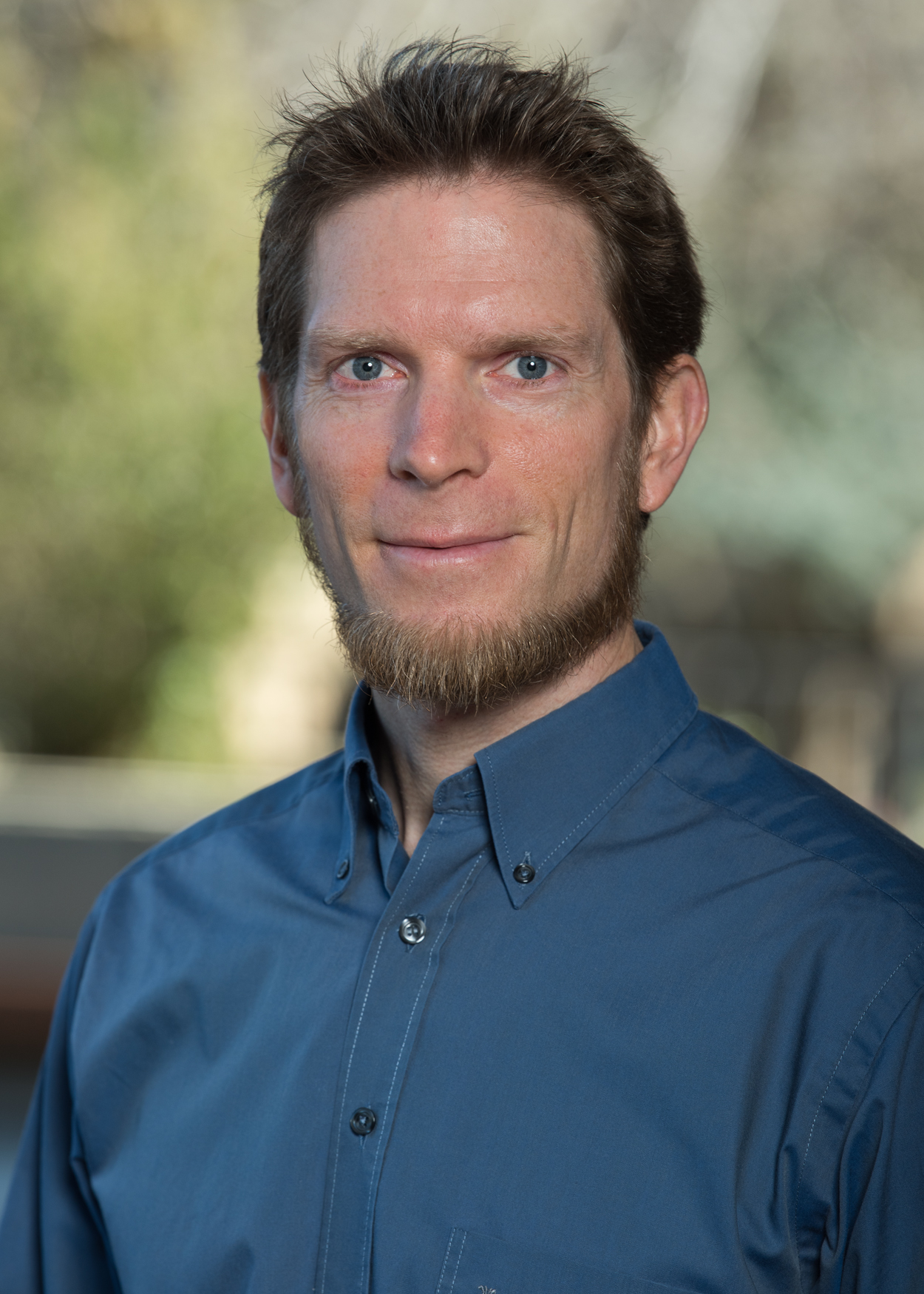We are so excited to follow MLML grad student Caroline Rodriguez’s upcoming journey to Washington, DC as a Knauss Marine Policy Fellow!
The one-year Knauss Fellowship places early career professionals in federal government offices in Washington, DC. The 74 total 2022 Knauss finalists will become the 43rd class of the fellowship and will join a group of almost 1,500 professionals who have received hands-on experiences transferring science to policy and management. For her year-long fellowship, Caroline will be working for the National Oceanic and Atmospheric Administration (NOAA) Office of International Affairs.
Learn more about Caroline and her path to DC in this story from her home campus, California State University, Monterey Bay.
